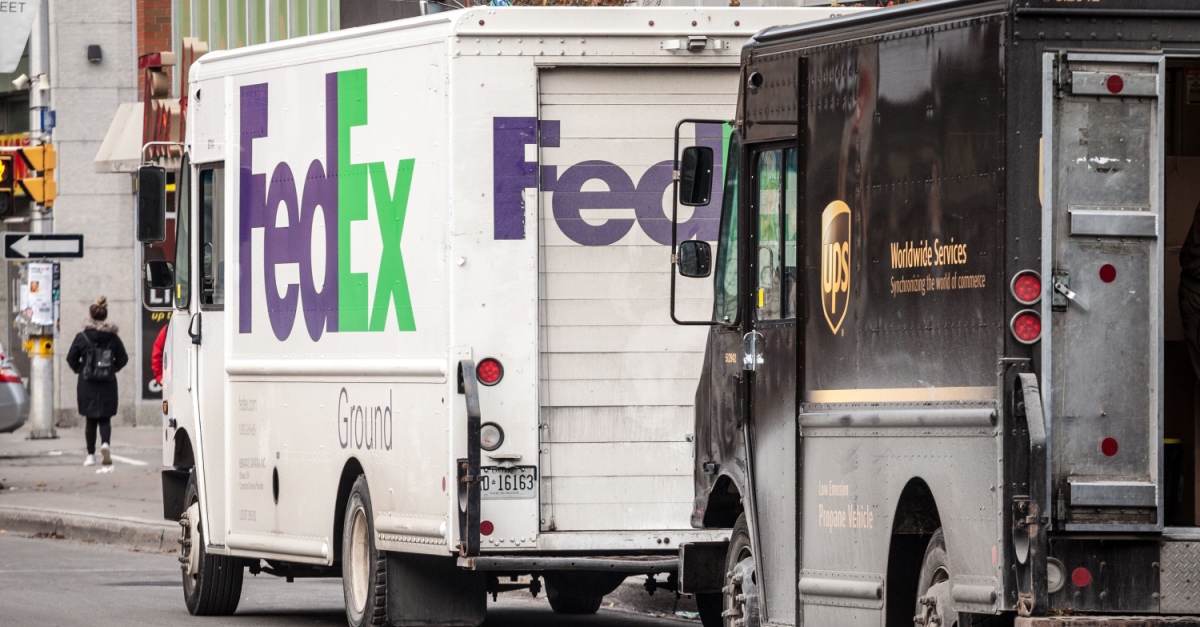UPS, FedEx, USPS, and Global Trade Shifts: The Headlines Shaping Shippers’ Next Moves

If there’s one constant in shipping, it’s change. From trade realignments and parcel pricing shakeups to labor tensions and logistics restructures, shippers are navigating a landscape where every headline carries weight. This week, five developments stood out—each with direct implications for how freight moves, how much it costs, and how resilient supply chains remain. Let’s dive into the stories shaping the future of shipping.
1. Asia–Europe Ocean Rates Slip Despite Strong Bookings
Even with solid booking volumes, container freight rates on the Asia–Europe lane continue to soften. Carriers have tried to stem the decline by pulling capacity through blank sailings and schedule shifts, but oversupply still looms large. The imbalance between available space and actual demand is pushing rates lower, underscoring how fragile pricing can be when capacity outpaces cargo.
[TL;DR] Key Takeaway: Volume alone isn’t holding up rates—oversupply remains the dominant factor pressuring Asia–Europe pricing.
2. Canada Turns to Mexico for Auto Imports Amid U.S. Tariffs
For the first time in three decades, Canada imported more passenger vehicles from Mexico than from the U.S. in June. A 25% U.S. tariff on vehicles, coupled with retaliatory Canadian duties, has disrupted traditional North American supply chains. Automakers are now rethinking sourcing and production strategies, while shifting trade flows highlight how tariffs are reshaping regional manufacturing dynamics.
[TL;DR] Key Takeaway: Tariffs are driving a major supply chain pivot, with Mexico emerging as Canada’s new top auto supplier.
3. USPS Announces 2025 Holiday Surcharges
USPS will impose temporary peak-season rate hikes from October 5, 2025, through January 18, 2026. The increases range from 4.9% on Priority Mail Express to nearly 5.8% on Priority Mail, with Ground Advantage averaging 5.2%. While these hikes are lower than some past years, the Postal Service expects to net $100 million to offset higher holiday costs and support its financial turnaround plan.
[TL;DR] Key Takeaway: Shippers face modest but notable USPS holiday surcharges that will directly impact peak-season budgets.
4. UPS Settles Teamster Grievances, Avoids Strikes
UPS sidestepped strikes across seven states by settling multiple disputes with the Teamsters. The union secured wins around seniority rights, safety standards, and new contracts, while UPS retained operations at its key Louisville hub. Still, tension remains around air-conditioned vehicles, hiring, and buyout offers, leaving the door open for further action if promises fall short.
[TL;DR] Key Takeaway: Strikes have been averted for now, but labor tensions at UPS could resurface and disrupt operations.
5. FedEx Supply Chain to lay off Memphis workers: Here's everything we know
FedEx Supply Chain is planning layoffs at two Memphis facilities—4155 Quest Way and 5800 Challenge Drive—as part of a broader business transition. Much of the work will shift to a third-party logistics provider, though FedEx will continue to handle some operations. The transition, expected to wrap by October 2025, affects employees who were notified in advance and offered support, including relocation, job placement, or severance. FedEx has emphasized its commitment to assisting impacted workers by creating opportunities at nearby facilities.
[TL;DR] Key Takeaway: FedEx is restructuring supply chain operations in Memphis, shifting work to a third-party provider while supporting affected employees.
Intelligent Audit Solutions That Help Shippers Stay Ahead
With freight rates under pressure, trade patterns shifting, and carriers restructuring their networks, shippers need tools that go beyond the surface to protect budgets and keep supply chains agile. Intelligent Audit’s Freight Audit & Recovery ensures invoices are accurate and overcharges are caught—critical when peak-season surcharges and shifting tariffs put pressure on costs. Our Business Intelligence & Analytics platform provides shipment-level visibility, helping shippers track rate changes, evaluate carrier performance, and make informed decisions amid uncertainty in both parcel and international markets. And when unexpected labor tensions or facility closures create disruption, our Self-Serve Modeling Tools enable shippers to model network scenarios, test alternative carrier strategies, and safeguard performance even when the landscape shifts overnight.
Don’t wait for disruption to dictate your strategy—leverage Intelligent Audit to uncover savings, gain control, and turn uncertainty into opportunity.
.png)

